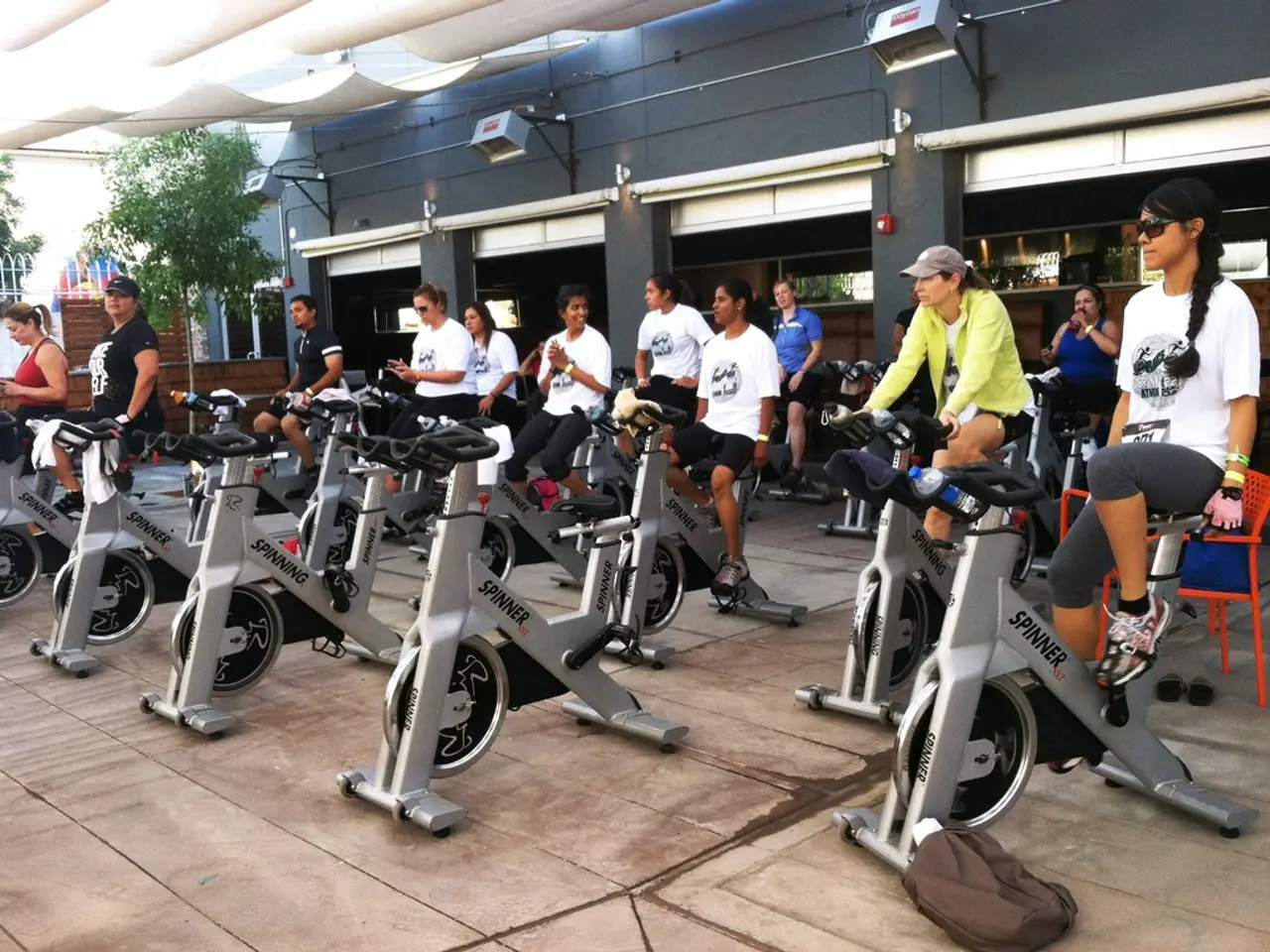Trump reinstates the Presidential Physical Fitness Test, incorporating sit-ups, shuttle runs, and pull-ups.
The Presidential Fitness Test, a program that originally ran from 1966 to 2013, is set to make a comeback in U.S. public schools under President Trump. The test, which measures endurance, strength, and flexibility, will include a one-mile run, push-ups or pull-ups, sit-ups, shuttle run, and sit-and-reach flexibility tests.
The revived test aims to promote discipline, resilience, and national fitness culture. It is managed by the President’s Council on Sports, Fitness, and Nutrition, now chaired by professional golfer Bryson DeChambeau. The council also develops award criteria and related school programs.
The one-mile run will test cardiovascular endurance, while push-ups or pull-ups and sit-ups will measure upper body strength and core muscular endurance, respectively. The shuttle run will evaluate speed and agility, and the sit-and-reach will measure flexibility.
The return of the original presidential fitness test marks a shift towards more traditional fitness challenges. The Presidential Fitness Award, which recognized the top 15% of students nationwide, is set to be reinstated under the new program.
Health Secretary Robert F. Kennedy Jr. is leading the new council tasked with reducing obesity and promoting fitness among schoolchildren. However, the exact final format under the Trump administration, including full details on scoring and age brackets for the test, has not been officially detailed yet.
This news may add extra pressure to U.S. students, but its impact on motivation remains uncertain. The Presidential Youth Fitness Program, which replaced the original test in 2013, aimed to make fitness more inclusive and achievable for all students. The new approach focused on personal health, education, and tracking individual progress instead of awarding certificates only to the top performers.
The original presidential fitness test was discontinued during the Obama administration in 2012. The return of the test is a significant change in the approach to promoting fitness in U.S. schools.
[1] President's Council on Sports, Fitness, and Nutrition. (n.d.). About the President's Challenge. Retrieved from https://www.presidentschallenge.org/about-the-presidents-challenge
[2] President's Council on Sports, Fitness, and Nutrition. (n.d.). Presidential Youth Fitness Program. Retrieved from https://www.presidentschallenge.org/programs/presidential-youth-fitness-program
[3] President's Council on Sports, Fitness, and Nutrition. (n.d.). Presidential Physical Fitness Award. Retrieved from https://www.presidentschallenge.org/programs/presidential-physical-fitness-award
[4] President's Council on Sports, Fitness, and Nutrition. (n.d.). Presidential Fitness Test. Retrieved from https://www.presidentschallenge.org/programs/presidential-fitness-test
[5] President's Council on Sports, Fitness, and Nutrition. (n.d.). Bryson DeChambeau. Retrieved from https://www.presidentschallenge.org/about-us/council-members/bryson-dechambeau
- The President's Council on Sports, Fitness, and Nutrition, chaired by professional golfer Bryson DeChambeau, is responsible for managing the revived Presidential Fitness Test and developing award criteria and related school programs focused on health-and-wellness, fitness-and-exercise, and sports.
- The comeback of the Presidential Fitness Test encompasses a variety of assessments, including measuring cardiovascular endurance through the one-mile run, evaluating upper body strength and core muscular endurance via push-ups or pull-ups and sit-ups, determining speed and agility with the shuttle run, and assessing flexibility via the sit-and-reach.






